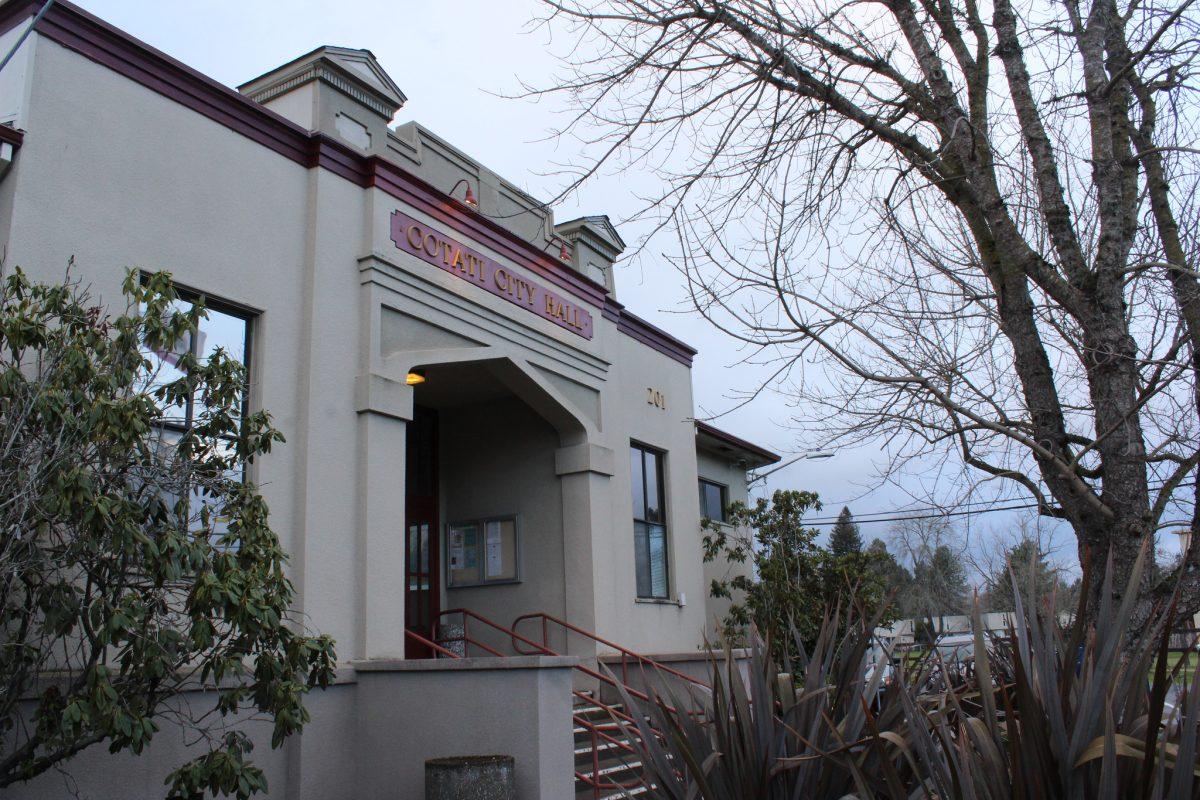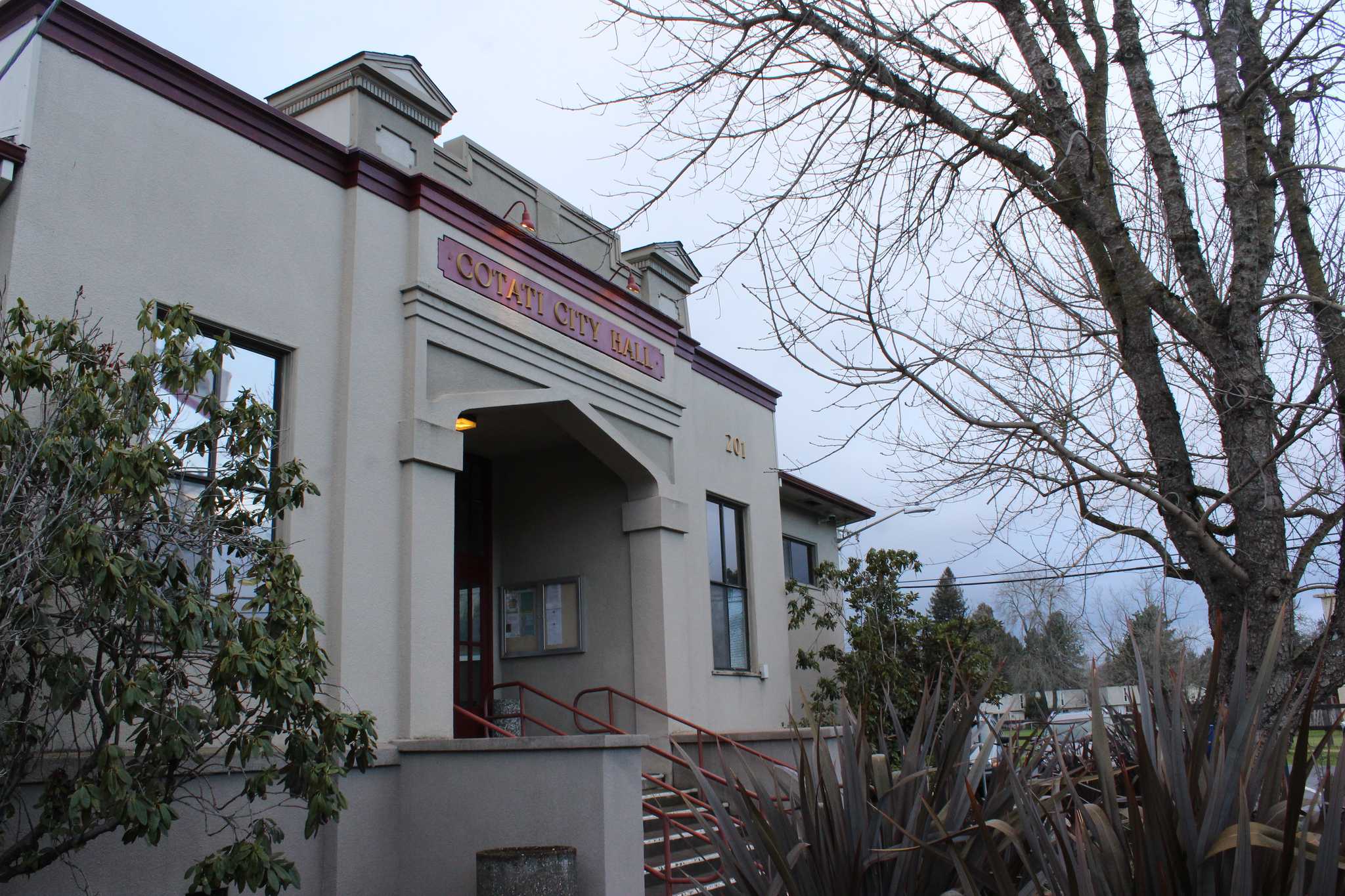Changes are in the works to bring minimum wage up to $15 in Sonoma County by the year 2020 and California is expected to have a statewide minimum wage of $15 by the year 2023, although Cotati and other cities around Sonoma County hope to have it achieved sooner than that.
With the cost of living in the Bay Area being so high, minimum wage is barely enough to make bills every month. In Sonoma County specifically, minimum wage for employers with 25 employees or less is $11 an hour, and minimum wage for employers with 26 employees or more is $12 an hour.
Cotati is aiming to have the minimum wage raised to $15 before the statewide 2023 deadline.
According to the City of Sonoma, studies have been conducted to determine the feasibility of such an early rise in minimum wage. “In December of 2017, the City Council considered a request by then-Mayor Pro Tem Amy Harrington to hold a study session to review the living wage ordinance,” their website states. “[Then] report on the Council’s 2014 direction regarding a minimum wage study, and discuss the feasibility and impacts of a local minimum wage.”
Later in 2018, North Bay Jobs with Justice (formerly the Living Wage Coalition of Sonoma County) reached out to the City Council to collaborate with the North Bay Central Labor Council, the Napa-Solano Central Labor Council, and the UC Berkeley Center for Labor Research and Education to create a study of the economic impacts of a higher minimum wage for the North Bay. The North Bay includes Sonoma, Marin, Napa, and Solano cities.
Marty Bennett, co-chair of North Bay Jobs with Justice, indicated that “the goal of North Bay Jobs with Justice is to introduce discussion of a ‘$15 minimum wage by 2020’ simultaneously to the cities of Novato, Petaluma, Santa Rosa, Sebastopol, and Sonoma.”
For students, it can be difficult to pay for food, gas, transportation, bills, rent, be a full time student, have an internship, work a part time job, and have a social life.
According to the Living Wage Calculation for Sonoma County, for one adult, minimum wage is $11, but the living wage is $15.39. Annual expenses for one adult include food being $3,573, housing being $14,688, medical care being $2,121, transportation being $4,206, and other expenses being $2,976. For a full time student working a part time job at $11 per hour, it’s almost impossible to meet these expenses.
Although many of us hope for higher minimum wage, it can affect us negatively as well. Some cons of a higher minimum wage are that smaller businesses with smaller budgets may have to lay off employees to meet the higher minimum wage, causing stress on the unemployment rate.
Larger corporations and companies can increase the cost of their products to consumers to compensate with the rise of minimum wage. This only brings up the cost of living and will require a need for another raise in minimum wage in the long run. Larger corporations can also outsource some jobs to third world countries or places where minimum wage is much lower.
If Sonoma County is expecting to see higher minimum wage, it would be extremely beneficial for students and low-income families, and even for attracting more people to move to Sonoma County. It has both its negative and positive effects, but it is necessary that the adjustment is made with inflation rates.





![[Both photos courtesy of sonoma.edu]
Ming-Ting Mike Lee stepped in as the new SSU president following Sakakis resignation in July 2022](https://sonomastatestar.com/wp-content/uploads/2024/04/CC4520AB-22A7-41B2-9F6F-2A2D5F76A28C-1200x1200.jpeg)



























